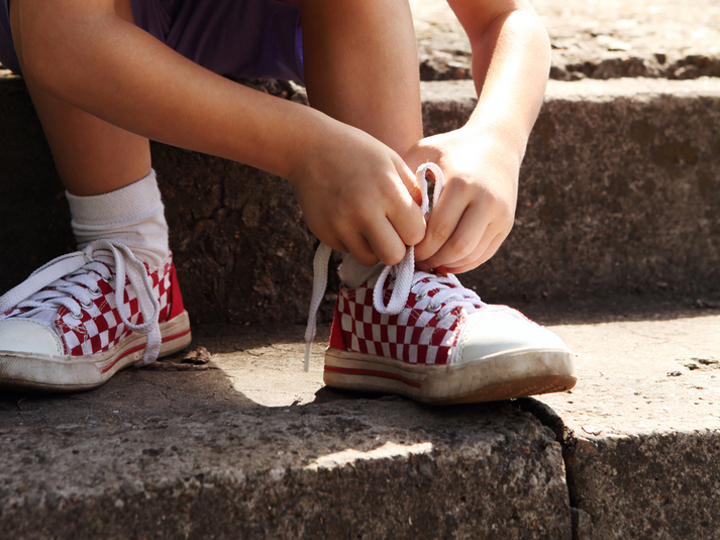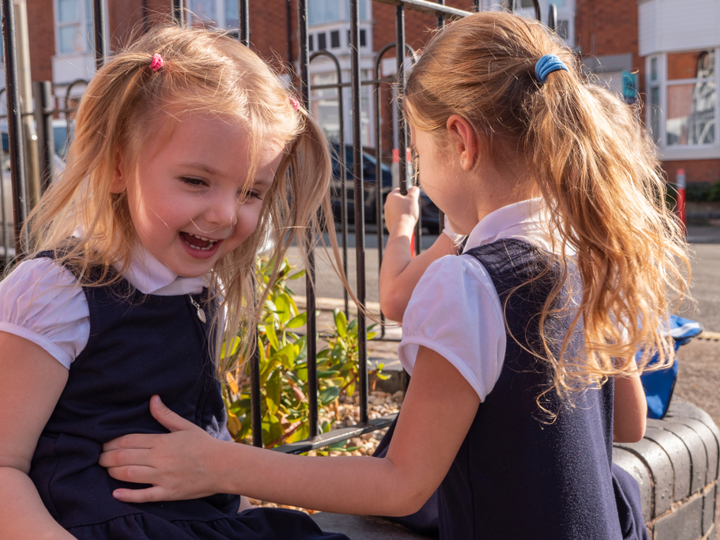Co-ordination and motor skills

This page has a series of online learning sessions that have been specifically created to support families learn about co-ordination and motor skills. Please take your time to watch through each session.
Objectives of the session
- Understand what motor co-ordination is.
- Understand how your child acquires skills to carry out movements.
- Be able to help your child with motor co-ordination difficulties to learn and develop new skills.
What is motor co-ordination and how you can help
Developmental coordination disorder is the umbrella term used for difficulties with motor coordination. Dyspraxia means there is a difficulty in planning and carrying out a sequence of movements required for a specific task. Children learn physically, socially, emotionally and cognitively.
What difficulties does your child have
Have a think about what your child has difficulties with. You can then think about which difficulties are important to you and which are important to your child.
How do we/children acquire our skills to carry out movements?
The 5 senses that carry information from the world outside include sight, taste, touch, hear and smell. The sense of where your body is in space comes from the sense of your body and head position. Your sense of body position and movement is provided by joints and muscles. Your sense of head of position and movement is located in the inner ear.
Linking sensations
Linking sensations with what we already know (perception), transforms them into experiences of objects, events, sounds and tastes etc. Using the senses together such as vision and hand position, develops new skills such as drawing and writing. If a child's senses don't link together then the child may find it hard to organise their movements, for example, riding a bike or learning to dance.
Putting yourself in your child's shoes
Try these 2 activities to help put yourself in your child's shoes. Whilst doing the activity think about how it is making you feel, and what senses you would normally use that you haven't been able to use.
Activities and strategies to help
Last reviewed: 19 January, 2024

